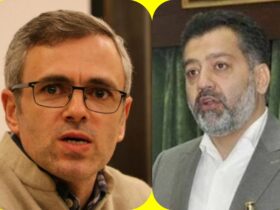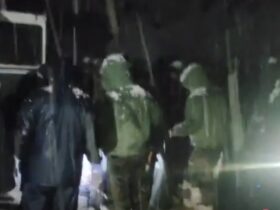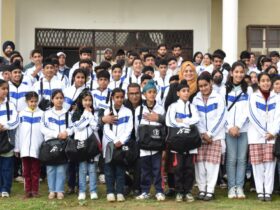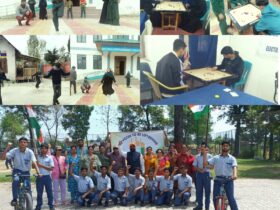Failed to revive the legendary crop, Saffron Mission, however, succeeded in financing the recreational tours of state Delegations to the European countries of the target area of 1500 ha, a meagre 200 ha rejuvenated during 2017-18
Farmers fear bleakest year in decades in terms of the yield of the cash crop
Amid much fanfare a highly ambitious Rs 400 crore National Saffron Mission was launched by Government of India in 2010 to revive the legendary saffron crop in the state which was under the threat of extinction. The area under saffron crop had declined from 5707 ha in 1996 to just 3715 ha in 2009-10 and its productivity had also declined from 3.13 kg/ha to 2.50 kg/ha and farmers were fast losing interest in cultivation of this costliest spice crop.
The aim of the mission was to accelerate economy by reviving the production of saffron. Eight years down the line and over Rs. 300 crore already spent, neither the area under the crop has shown any increase nor there has been any improvement in productivity/production of the crop.
The two main and fundamental components of the mission were rejuvenation of existing Saffron area of 3715 ha by way of planting of standard sized corms and strengthening of irrigation system by way of establishment of 128 tube wells with 100 per cent project assistance with complete net work of sprinklers. Each tube-well was supposed to irrigate 30 ha of Saffron area.
The department has failed in accomplishing the targets under both fundamental components of the mission. Against a mission target of 3715 ha for rejuvenation, an area of 2215 ha has been rejuvenated up to the financial year 2016-17 starting from 2010-11, and the remaining area i.e., 1500 ha is the target for rejuvenation for the year 2017-18 and the whole target area shall be rejuvenated, this was stated by director Agriculture Kashmir Altaf Aijaz Andrabi who is also the Mission Director National Saffron Mission during the kick start ceremony of rejuvenation held on August 11, 2017. He had also emphasised upon the officers to gear-up and increase the pace of work for starting rejuvenation and had asked the field officers to work in co-ordination with Mechanical Engineering Department for speeding up of the laying of Sprinkle Irrigation System in saffron fields.
However, an officer pleading anonymity said that the set target was not achievable at all because of the lack of standard sized corms. He further said that less than 200 ha of area has been rejuvenated during current year.
The rejuvenation part of the mission suffered due to the non-availability of standard sized corms. The officer said that 18575 MT corms of standard size were required for rejuvenation of the target area of 3715 ha and added that such a huge quantity of corms of standard size cannot be available even in 20 years.
The department has also miserably failed in establishing the network of sprinklers for irrigating the saffron fields. Though, a huge amount has been spent in digging bore-wells, but sprinkler network can be hardly seen anywhere in the saffron fields. Kashmir valley has not witnessed any rains from last more than two months and there is complete drought like situation. The saffron growers are staring at the bleakest year in decades in terms of the yield of the cash crop. They blame the faulty and sluggish National Saffron Mission (NSM) and ongoing dry spell for the possibility of lowest saffron yield. The farmers expressed apprehensions that this year the overall produce of the world’s costliest spice is going to be the lowest in recent memory. A farmer said we have been left at the mercy of Almighty Allah and they are enjoying in Europe. We are being advised to pray for rain by the officers. Then what is the role of the mission questioned another famer.
The one component saffron mission did not fail in is to finance the state delegations to the European countries just for recreation, leisure, entertainment and tourism.














Leave a Reply